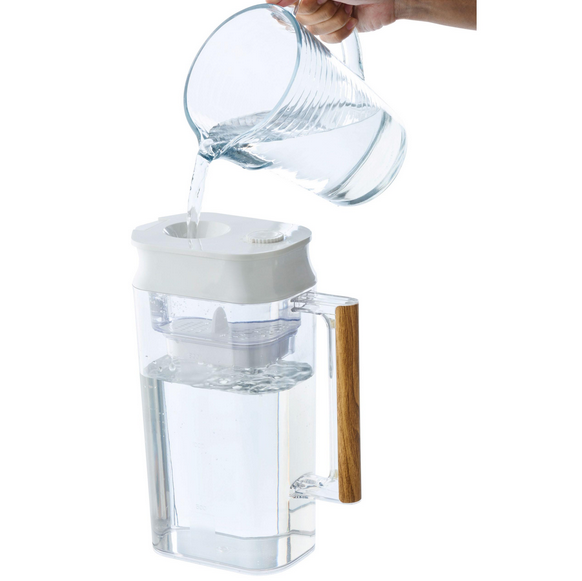Magnetic Treatment for water softening - What are the facts?
Magnetic treatment for water softening has been a topic of discussion for many years, with numerous patents and studies exploring the effectiveness of this method. While there is no official definition of soft water, it is generally understood to be water that has undergone a process to reduce the level of calcium carbonate, which is commonly referred to as hard water. Traditional methods of water softening involve using salt and electricity to alter the calcium carbonate ions, but this approach can be costly and can leave behind a sludge in pipes and sewerage treatment plants.
Another option involves the use of aluminum, but this method is not recommended for domestic use due to potential health risks. Given these limitations, there has been growing interest in the use of magnets for water softening. Magnetic treatment has been found to significantly reduce the effects of calcium carbonate, resulting in water that feels soft and has less binding to pipes and household appliances.
A European scientist conducted a study on the effects of magnetic force on water, finding that positioning magnets correctly on the input pipe into a house can change the constitution of calcium carbonate from calcite to aragonite. This change is significant because aragonite is unstable compared to calcite, which is stable. The newly deposited aragonite layer insulates the old calcite, reducing its temperature and supersaturation. As a result, calcite crystal growth slows and accumulates defects, which makes it more soluble. The calcite crystals dissolve and recrystallize as aragonite.
In older homes, it may take up to three months for the magnetic device to become completely effective due to the time required for this crystal transformation process to occur. The US Department of Energy has also issued a report on the use of magnetic fields for controlling water hardness and mineral deposition in pipes and heaters. This report, titled "Non-Chemical Technologies for Scale and Hardness Control," was aimed at promoting the adoption of energy-efficient and renewable technologies in the federal sector.
While there is evidence to support the effectiveness of magnetic treatment for water softening, it is important to note that the scientific community is divided on the issue. Some studies have found significant benefits, while others have not found any measurable effects. As such, it is important for consumers to do their own research and make informed decisions about whether magnetic treatment is the right option for their needs.






